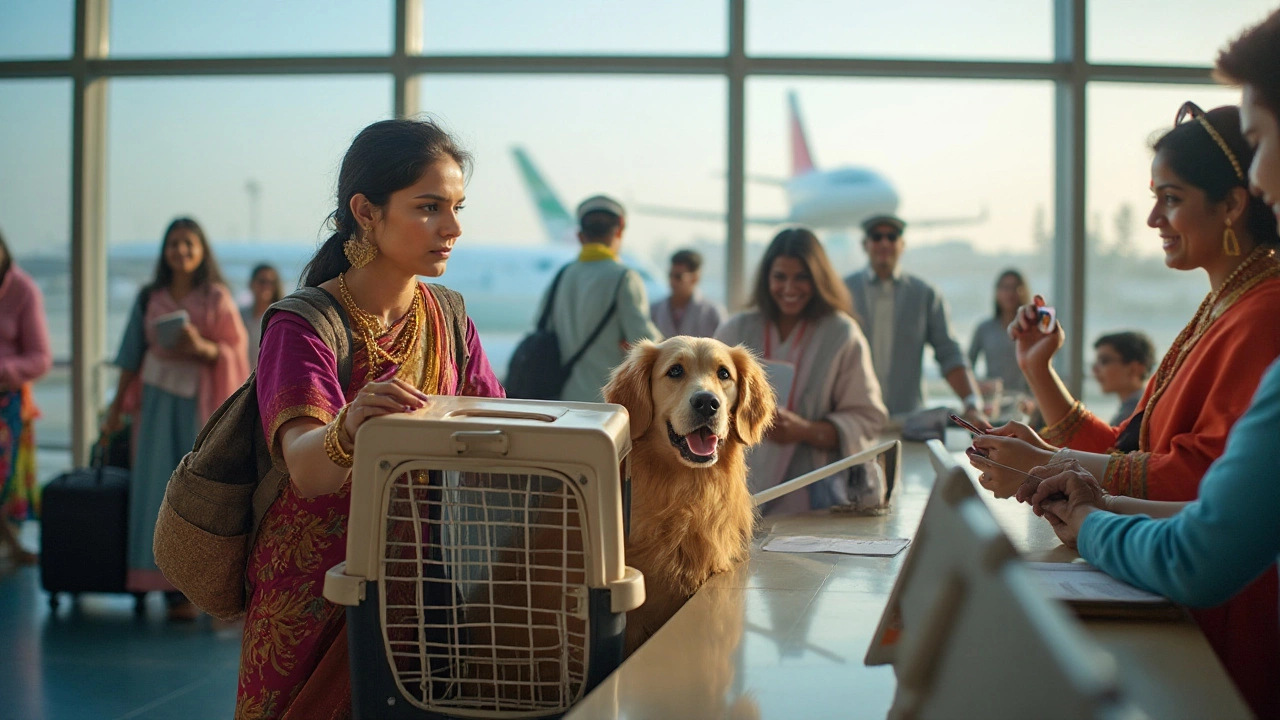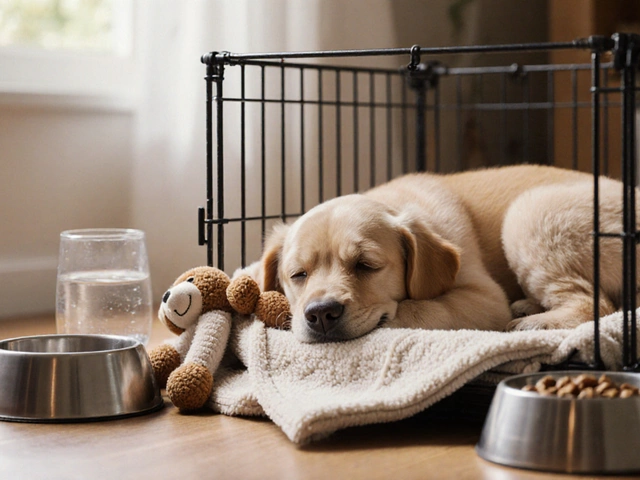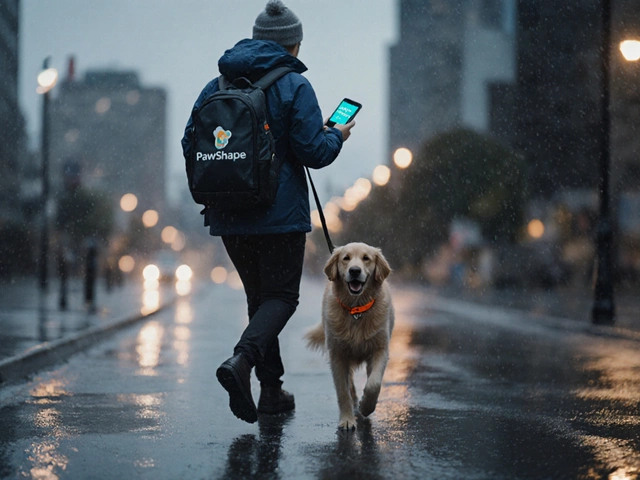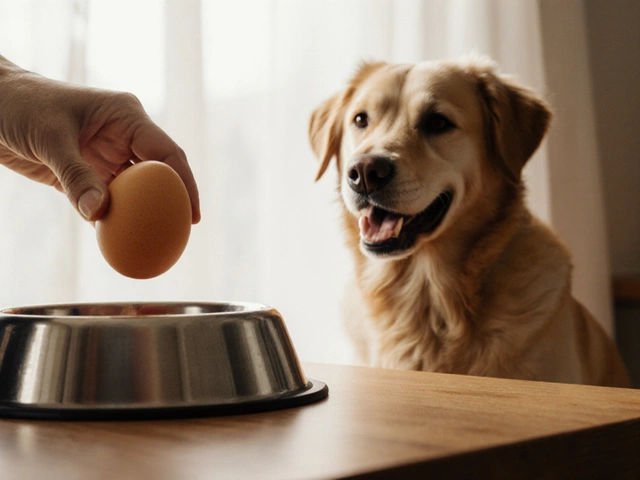Air Travel Pets: How to Fly Safely with Your Dog or Cat
If you’ve ever imagined boarding a plane with your furry buddy, you probably felt a mix of excitement and worry. The good news? With a few simple steps you can turn that worry into confidence and enjoy a smooth trip together.
Choosing the Right Airline and Flight
First thing is to check which airlines actually accept pets. Major carriers like Delta, United, and American let small dogs and cats in the cabin, but they have size limits and a quota per flight. Bigger dogs usually go in the cargo hold, and not every plane offers a climate‑controlled cargo area. Look for airlines that label their pet program as “climate‑controlled” and “pressurized.”
Next, pick a direct flight whenever possible. A non‑stop route cuts handling time, reduces stress, and eliminates the chance of a missed connection. If you must connect, choose a short layover and a terminal that has a pet relief area.
When you book, call the airline to confirm the pet policy, ask about fees, and let them know you’ll be traveling with a pet. Some airlines require a health certificate within 10 days of departure, so have that ready.
Preparing Your Pet for the Journey
Start the crate training weeks before the trip. Use a crate that meets airline dimensions, and make it a comfy den by adding a soft blanket and a favorite toy. Let your pet explore the crate on its own, rewarding calm behavior with treats.
Visit the vet for a full check‑up. Ask for a health certificate, up‑to‑date vaccinations, and a microchip scan. If your pet is older or has a medical condition, discuss a travel‑specific health plan with the vet.
On the day of travel, give a light meal about four hours before the flight to avoid an upset stomach, but keep water available. A short walk right before check‑in helps burn excess energy and calm nerves.
For cabin travel, keep the carrier under the seat in front of you and make sure it’s labeled with your contact info. When the flight begins, place the carrier on the floor and try not to open it unless the flight crew asks. If your pet whines, speak softly and reassure them; most pets react better to a calm voice.
When your pet must fly in cargo, choose a crate that’s sturdy, well‑ventilated, and fits airline specs. Add a water dish that can be taped to the side, and include a scent‑free absorbent pad for accidents. Mark the crate with a “Live Animal” sticker and your phone number on both sides.
After arrival, head straight to the designated pet relief area. Give your dog a quick walk and offer water. If you notice any signs of distress—excess panting, vomiting, or lethargy—contact a vet right away.
Finally, keep a copy of all documents (health certificate, vaccination records, flight itinerary) in a folder you can reach easily. Having everything organized saves time if airline staff asks for proof.
Flying with a pet doesn’t have to be a nightmare. By picking the right airline, training the crate early, and handling health paperwork ahead of time, you give your dog or cat the best chance for a calm, safe journey. So next time you book a trip, pack your pet’s carrier, grab those vet papers, and head to the gate with confidence. Happy travels!

How Much Does It Cost to Travel by Air with Your Dog in 2025?
Planning a flight with your furry friend involves more than just booking a ticket and packing your bags. Costs associated with flying a dog include airline fees, crate expenditures, health documentation, and more. Understanding these factors helps you better prepare financially and ensures a smooth journey. Each airline has different guidelines and fee structures, so knowing what to expect can ease the process. Check out our guide on the expected costs and helpful tips for traveling with your dog by air.
read more




